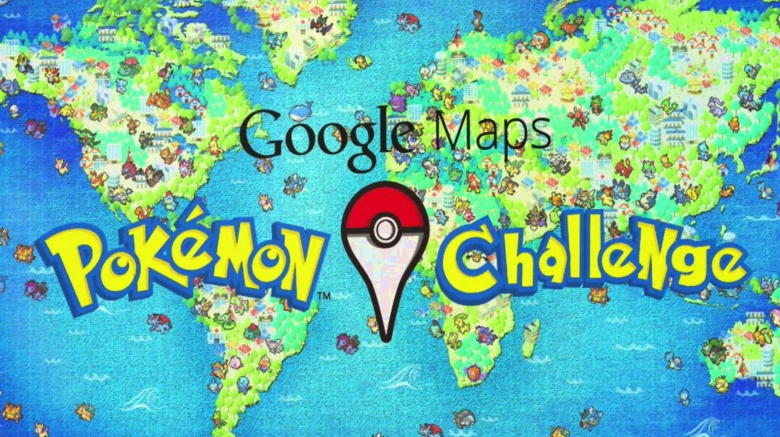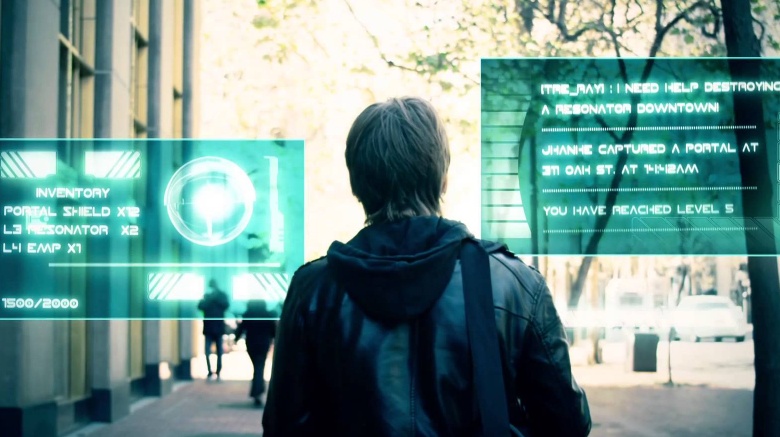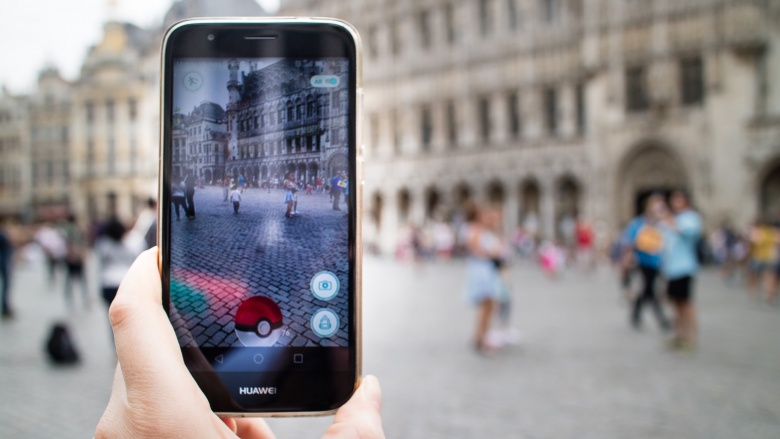The Untold Truth Of Pokemon Go
Released to celebrate the 20th anniversary of Nintendo's original Pokémon game, Pokémon GO has been less a video game phenomenon, and far more of a cultural one. In case you're not in the know, Pokémon GO is an "augmented reality" game where, using their smartphone's camera and GPS system, gamers walk around in the real world and try to "catch" Pokémon—short for "pocket monsters"—that have been "hidden" basically everywhere. More than 15 million people downloaded the free game in its first week, and it's amassed more active daily users than Twitter, Facebook, and Snapchat.
Here's a look behind what's already one of the most popular smartphone games of all time.
The game was developed by a pioneer of both online gaming and digital mapping
Pokémon GO combines online gaming with GPS-linked map technology. Both of those technologies—which have revolutionized modern life—were created by the same man. Back in 1996, 21-year-old John Hanke created Meridian 59, the first "massively multiplayer online game" or MMO, where gamers from all over the planet could connect over the internet to explore the game's world and compete against one another. In 2000, Hanke developed Keyhole, a system that linked roads and highways with aerial photography to create the first-ever GPS-linked, 3D map of the world. Hanke later sold Keyhole to Google, who hired him to create Google Earth, Google Maps, and Google Street View.
It was inspired by a joke
Each April Fools Day, Google issues a series of light-hearted pranks on its many, many users. For April Fool's Day 2014, they announced the Google Maps Pokemon Challenge. Teaming up with The Pokémon Company and Nintendo, the program was a fake game that supposedly allowed users to capture Pokémon creatures hidden in the real world, that they could find with Google Maps. So many people desperately wanted it to be real that the prank went viral, and just two years later, that basic concept became real, and became Pokémon GO.
It's based on a previous geolocation-based game
With funding from Google, Hanke launched Niantic Labs in 2010 to add a gaming layer to Maps. There, he created a game called Ingress, the first MMO that involved the use of gamers' geographic positioning. In many ways, it was Pokémon GO, only minus Pikachu. The most popular user-generated meeting points in Ingress later became many of the Pokéstops and Gyms in Pokémon GO.
There are some nasty fake versions of the game out there
Pokémon GO was made available for Android and iPhone users in North America, Australia, and New Zealand on July 6. It didn't hit Europe and Asia (excluding Japan) until July 15. That nine-day gap was simply too much for some people, who downloaded bootleg or counterfeit versions of Pokémon GO. Or at least, those apps said they were the real game. They weren't—at least 43 separate fake versions of Pokémon GO have been spotted, and nearly all of them are malicious or nuisance apps that would flood the user's phone with ads and unwanted, bogus applications. Worse, some of these bootlegs could take control of the user's phone without their knowledge, mining their personal data for the bootlegger's personal, nefarious needs.
It's been banned in Saudi Arabia
Pokémon GO is rapidly gaining popularity in the Middle East, and religious clerics in Saudi Arabia are skeptical, to say the absolute least. They've issued a fatwa, or "Islamic religious ban" on the game, which follows up a previous fatwa against the original Pokémon games dating back to 1996. According to them, the game's trading-card aspect "encouraged blasphemy and gambling," hence the ban. While Pokémon GO might not use cards, it does apparently contain "forbidden images," such as symbols that could be mistaken for Masonic imagery.
Accessories and peripherals are already on their way
When something like Pokémon GO gets this popular, this fast, a cottage industry is bound to spring up. Among the first add-ons to hit the market will be thePokémon GO Plus, which connects to your smartphone via Bluetooth, and essentially plays Pokémon GO on autopilot. The user can go about their business without staring at their phone all day, while the Plus constantly scours the area for Pokémon, alerting the user when it's time to catch one.
It's a great way to get up and get moving … or not.
While the game is helping people get more exercise—to play it at all forces players to get off the couch and walk around their neighborhood—some people still prefer their video games to be a sit-down activity. Combining Pokémon GO with Uber, that other online-meets-real-world phenomenon, crafty entrepreneurs in cities like New York, San Francisco, and Portland have placed ads on Craigslist, offering to drive players around while they hunt for pocket monsters. Some drivers even promise to provide the one thing coveted by Pokémon GO players even more than a Legendary Mew: phone chargers. Cost of a Pokémon GO chauffeur: about $30 an hour. Gotta pay 'em all!








